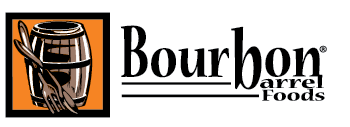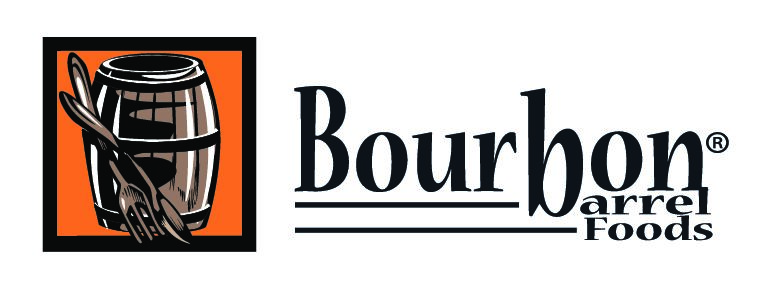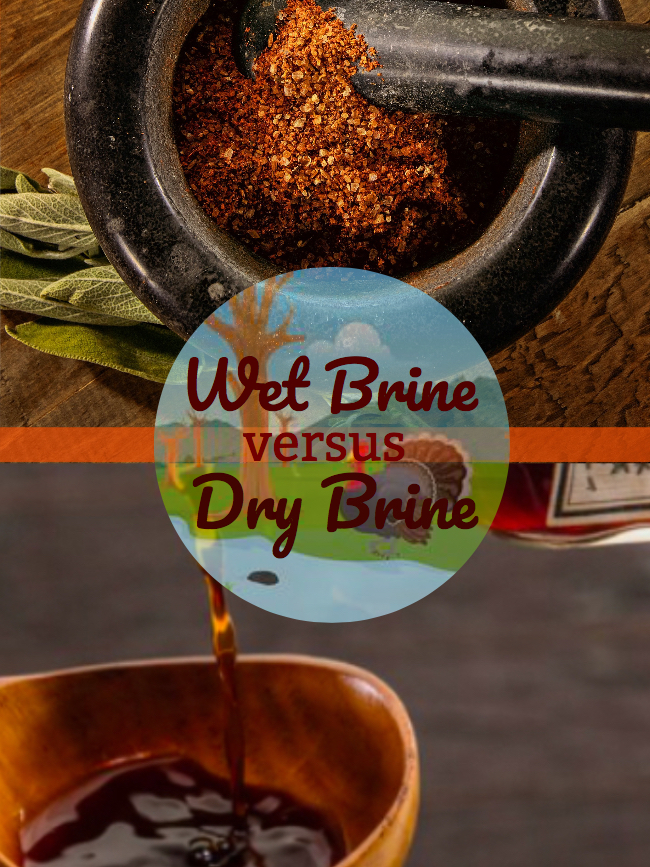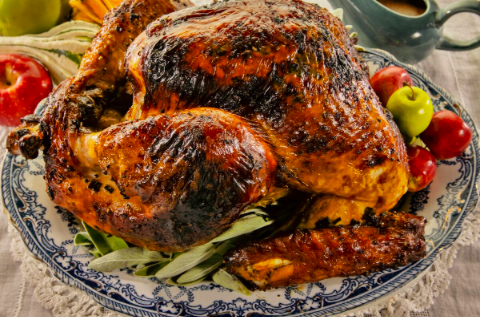Wet and Dry brining both require an essential ingredient-salt! When wet brining, you actually submerge your turkey in a liquid solution of salt, sugar, and herbs and spices for several hours, usually overnight. It is very important to not allow the turkey’s temperature to rise to ensure food safety. Keep the turkey in the refrigerator or in an ice bath during the wait. Over the course of the night, the meat absorbs some of that water. Many find the added moisture a way to keep the lean meat moist during the lengthy cooking time. The turkey will literally gain weight.
The muscle fibers loosen up, allowing them to absorb more moisture, and more importantly, they don’t contract as much when they cook, making sure that more of that moisture stays in-place as the turkey cooks. – Food Lab
Dry Brining is very similar because the salt will take action in the muscle of the meat in a similar way to the wet mixture. Even though it is referred to as dry it is not reflective on the way the lean meat will turn out. Dry brining can create some of the most succulent and moist turkeys you will ever try.
With dry brining, you rub the brine mix salt, sugar, herbs, and spices to the outside of the bird. A little can go inside the cavity and under the skin, but there is no submerging in liquid. You place the turkey in the refrigerator, uncovered, for several hours, or up to two days. The now flavored mixture will start to reabsorb back into the bird’s natural moisture and fill the protein tubes up with flavorful juices that enhance the bird once cooked. The salt also alters the structure of the proteins, allowing them to hold more water.
Brining, whether a traditional water-based brine or a dry-brine, improves a turkey’s ability to retain moisture. Certain muscle proteins are naturally dissolved by the salt in the brine solution. Once these proteins are dissolved, muscle fibers lose some of their ability to contract when cooking. Less contraction leads to less internal moisture being squeezed out, which in turn leads to juicier meat in the cooked bird. – Food Lab
Do not mistake sprinkling your meat with a layer of salt and spice mixture just before cooking to brining. When you brine, you are transferring a small amount of salt throughout the meat so every bite is evenly seasoned. Even though salt is the active ingredient in brine- time also plays a tremendous role in the process.
An alternative to using salt would be a soy sauce mixture.
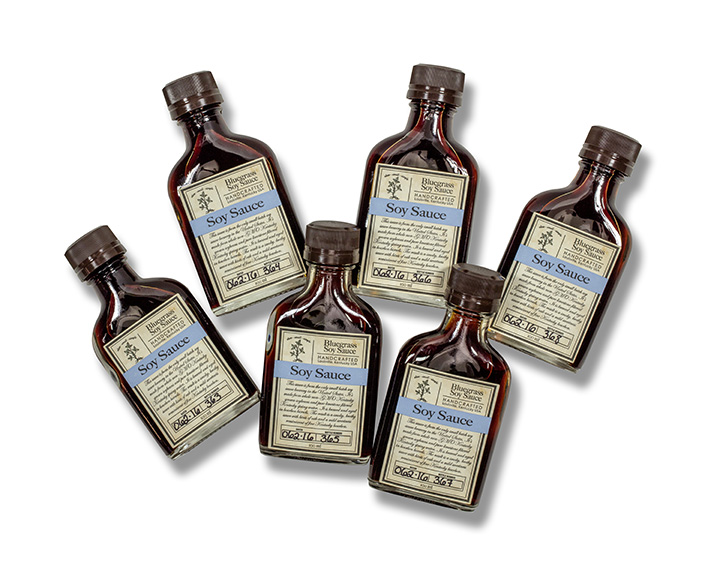
Find our full Thanksgiving menu here:
We hope no matter how you prepare your Thanksgiving turkey you have a happy and safe Holiday.
